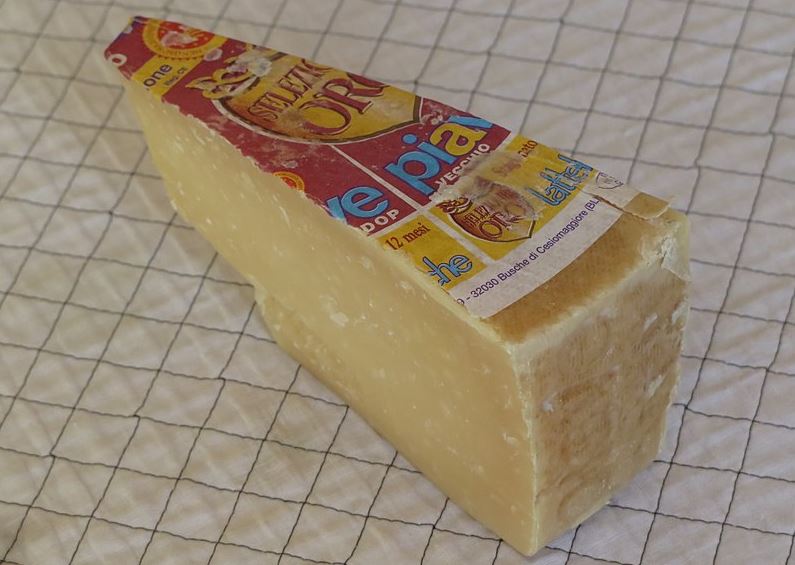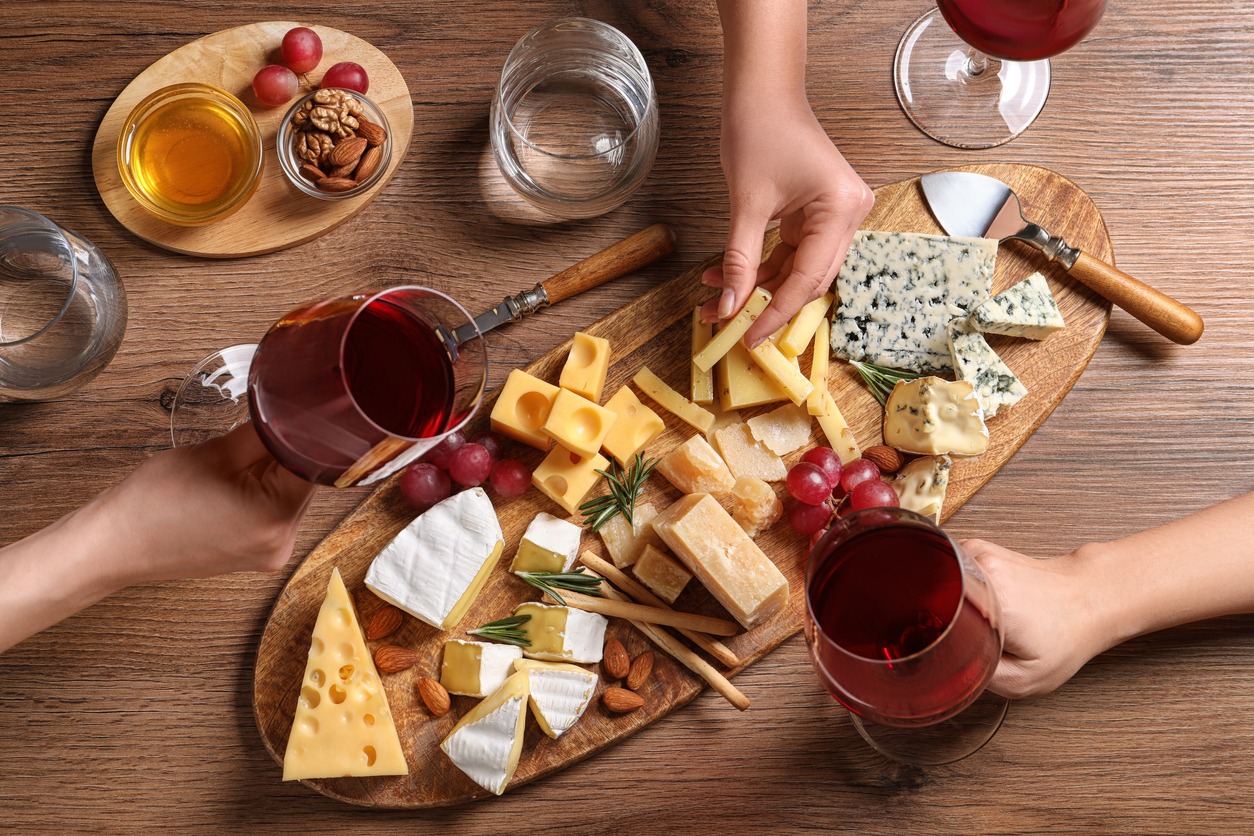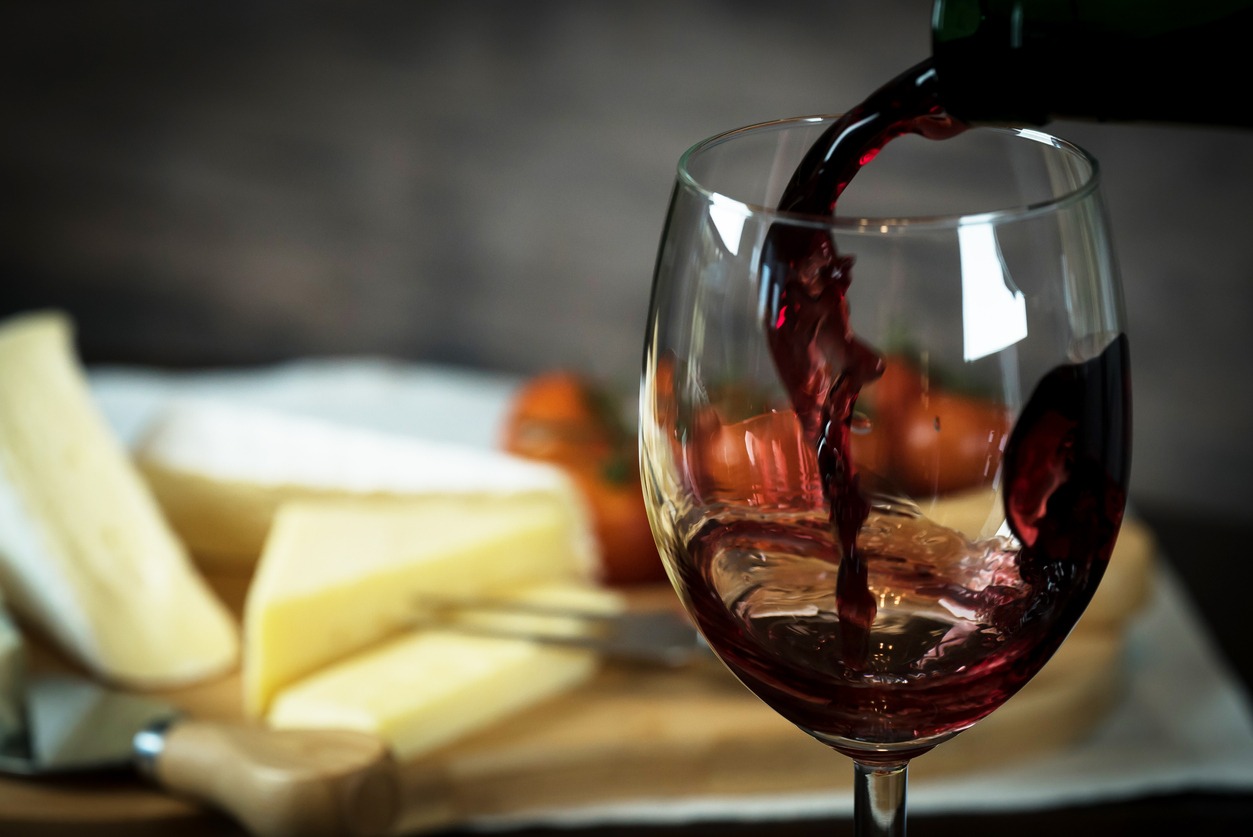Piave

Piave is a widely known cheese from pasteurized cow's milk. The name is also derived after a river by the same name. The Belluno province is where Piave cheese originated. The region is located in the northernmost part of the Veneto, between Friuli to the east and Trentino Alto Adige to the northwest.
Despite the problematic mountain terrains in the region, locals have involved themselves in the industry of dairy farming. Interestingly, Piave is DOP protected. This cheese is authentically produced in the Dolomites area of Belluno. This type of cheese is hard, dense, and without any open holes. Piave is likened to Parmesan due to the keen similarities in flavor. It is also recommended to pair this cheese with your flavorful wine, especially during wine tasting parties.
The cooked curd cheese is also sold at five different maturation stages, according to the Formaggiopiave publication that focuses on the Piave cheese.
What are the five different varieties of Piave?
Piave becomes straw-colored as the cheese ages. The maturity period of the cheese makes it into a sweet, tasty one. When fresh, Piave’s rind is clear and soft. On the other hand, it will turn brownish and hard as it matures.
- Piave Fresco (aged for 20 to 60 days - blue label)
- Piave Mezzano (aged for 61 to 180 days - blue label)
- Piave Vecchio (aged for more than 6 months - blue label)
- Piave Vecchio Selezione Oro (aged for more than 1 year - red label)
- Piave Vecchio Riserva (aged for more than 18 months - black label)

The story of Piave DOP cheese
The province of Belluno, where Piave cheese originated, is characterized by harsh weather condition. It has extreme snowfall during winter and brief cool summer.
The locals in the region are proud of their heritage and their tradition. The livelihood in the area has improved with the continuous sharing of their narratives about Italian cheeses.
“The beginning of extensive dairy farming, especially with the Bruna Alpina breed of cows, coincided with the end of the intensive exploitation of the forests in the Belluno area, in correspondence with the decline of the Serenissima Republic of Venice, which then ruled most of today’s provincial territory,” the Formaggiopiave publication said.
As ordinary landowners continue to rear dairy cows, this livelihood turned into an alternative income source for the small farm owners in valleys and mountains. The economic problem of the Serenissima Republic also proved to be difficult for the farmers.
As the rural areas experienced hardships, people started to emigrate, causing the place's population to dwindle. As an answer to the economic and social problems of the region, Fr. Don Antonio Della Lucia spearheaded a known “solidarity-based management” of the resources left in the area, which is dairy farming.
On January 8, 1872, the local priest orchestrated in the launching of the first cooperative social dairy in the province of Belluno called Canale d’Agordo. Locally, it was called as kasèl or a “turnaria” dairy.
“The idea of bringing together the small farmers of the town to process the milk ‘in turns’ (or shifts) at a single farm, thereby reducing production costs and increasing profits, became popular during those difficult years in every small town in the Belluno mountains,” the Formaggiopiave article said.
“It made a decisive contribution to the birth of local dairy and cheese-making traditions and represented a valid form of employment as an alternative to the dramatic fate of emigration,” it added.

Some fascinating facts about Piave PDO
- Piave PDO is a hard cheese with a compact texture.
- Piave PDO is produced exclusively in the Province of Belluno in the region of Veneto.
- The high and demanding temperature in the region made the produced milk to have distinctive characteristics.
- The flavor and texture of Piave increase from day to day as the cheese ages.
- The mature type of Piave has a rich and fruity taste, with a lasting impact on the palate.
- The cheese is produced in typologies: Fresco (fresh), Mezzano (medium), Vecchio (aged), Vecchio Selezione Oro and Vecchio Riserva.
- Piave’s texture is chewy and dense. It is creamy and perfect for grating.
- Peave has multilayered flavors, from salty to fruity and nutty.
- Piave is full of crystallized proteins once it matures.
“Piave PDO is a great table cheese but it’s also a key ingredient for traditional dishes of the Veneto Region, such as ‘formai frit’, that consists in frying the cheese in order to be eaten with polenta,” an article from Italian Made said.

Nutritional value of Piave
Piave is rich in calcium content. It is also full of phosphorus and high-value proteins. You can quickly digest this cheese, courtesy of the lipolytic and proteolytic milk enzymes. It would be best to store this cheese in a cool, dry place. This cheese is also best paired with Amarone wine.
In Tuscany, alfresco dining and warm summer nights lead you to pair Castiglioni Chianti DOCG with a harder cheese. Italian-made Piave is delicious with the wine and is one of those firm cheeses that will not melt and drip on your shoe when the evening is still steamy and hot. Stick with hard cheeses when the weather is hot or when you’re on a picnic.
When paired with this Chianti, the fruit flavors of the wine come flying through the flavors of the salty-nutty-rich cheese. Take two sips of wine for each bite of cheese and notice you can taste the age on the wine with this aged cheese.
Conclusion
Piave comes from the northern part of Italy’s Veneto region. It is the color of straw and is a cow’s milk cheese that when aged can even be grated. Piave’s nutty and almost buttery flavor with a quite sharp finish are reminiscent of Parmigiano-Reggiano but with its own personality.
Piave is a terrific cheese to star on a platter of cured meats, olives, peppers and marinated artichoke hearts. Each of these accompaniments will take your mouth on a different off ramp along The Cheese Highway as you sip your Castiglioni Chianti. Have a great summer evening with your guests!
